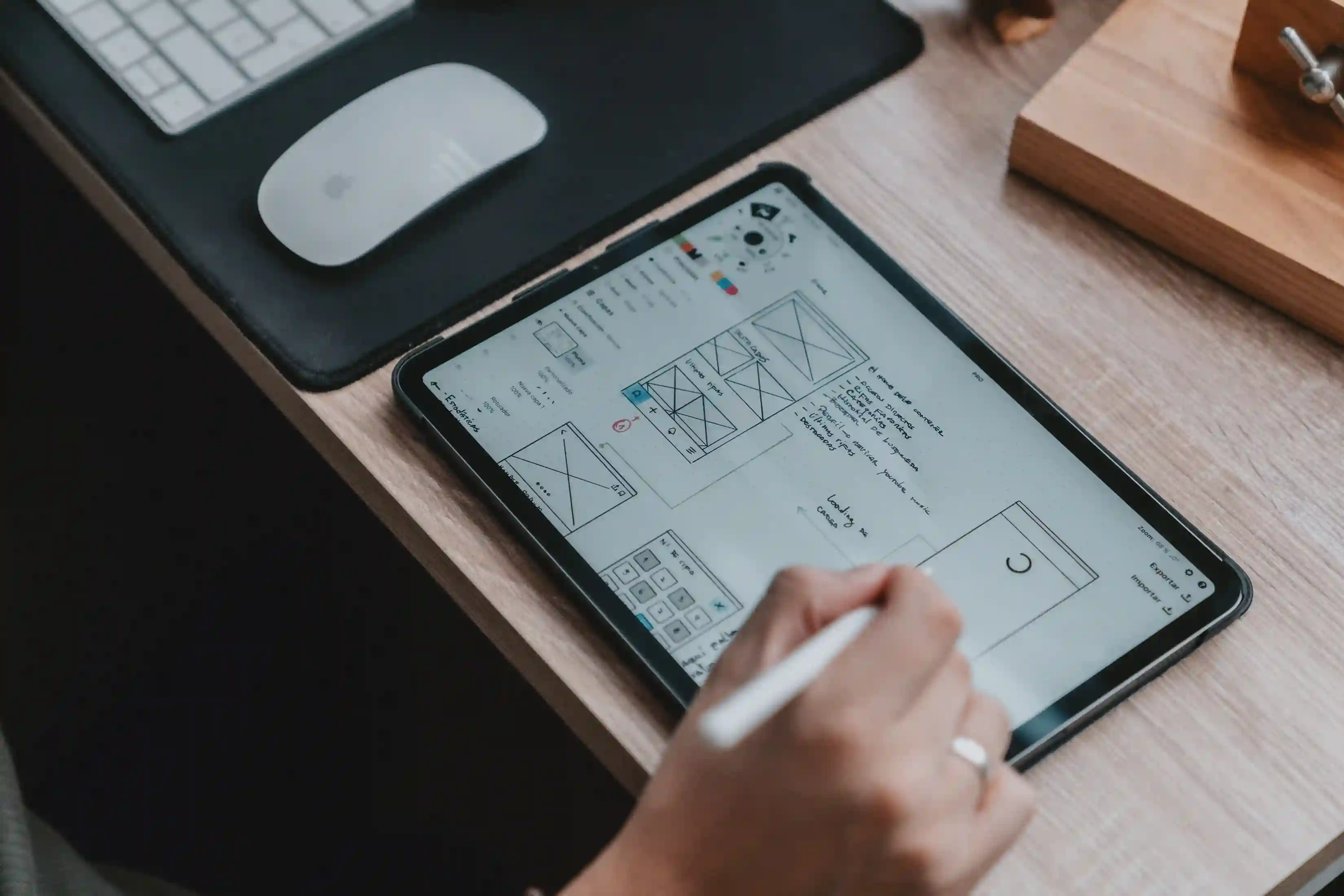As technology continues to evolve at a rapid pace, the world of web development is constantly evolving along with it. Web developers and businesses must stay updated with the latest trends and technologies to ensure they deliver cutting-edge, engaging, and seamless web experiences. In this article, we will explore some of the most significant trends and technologies that are shaping the future of web development. By keeping an eye on these developments, you can stay ahead of the curve and create websites that not only meet but exceed user expectations
Progressive Web Apps (PWAs)
Progressive Web Apps (PWAs) are a hybrid between traditional websites and mobile applications, offering users a native app-like experience directly through their web browser. PWAs leverage modern web technologies such as service workers, push notifications, and offline capabilities to deliver fast, reliable, and engaging user experiences. They eliminate the need for users to download and install an app, making it easier to reach a wider audience. PWAs are becoming increasingly popular due to their ability to work across multiple platforms and provide seamless user experiences, even with limited connectivity
Voice User Interface (VUI)
With the rise of voice assistants and smart devices, voice user interfaces (VUI) are gaining significant traction. VUI allows users to interact with websites using voice commands, offering a hands-free and convenient experience. As voice recognition technology improves, integrating VUI into web development becomes increasingly important. Developers need to optimize websites for voice search, ensure accurate voice recognition, and create voice-enabled interactions that provide valuable and personalized responses to user queries
Motion UI and Interactive Animations
Motion UI and interactive animations are emerging as powerful tools for enhancing user engagement and creating visually appealing web experiences. With the help of libraries like CSS animations, WebGL, and JavaScript frameworks, developers can implement smooth transitions, interactive elements, and microinteractions that capture users' attention. These dynamic elements add depth, personality, and interactivity to websites, making them more memorable and immersive
Artificial Intelligence (AI) and Machine Learning (ML)
AI and ML are revolutionizing various industries, and web development is no exception. These technologies can be utilized to improve user experiences by personalizing content, predicting user behavior, and providing intelligent recommendations. Chatbots powered by AI can offer real-time customer support, while AI-driven algorithms can optimize website performance and enhance security. Integrating AI and ML into web development helps create intelligent, intuitive, and personalized web experiences that adapt to individual user needs
Responsive and Mobile-First Design
As mobile usage continues to dominate internet traffic, responsive and mobile-first design approaches remain essential. Websites must be optimized for a variety of devices and screen sizes to ensure a consistent and user-friendly experience. Mobile-first design focuses on designing for mobile devices first, then scaling up for larger screens. This approach prioritizes performance, speed, and simplicity, catering to the needs of mobile users and providing a seamless experience across all devices



